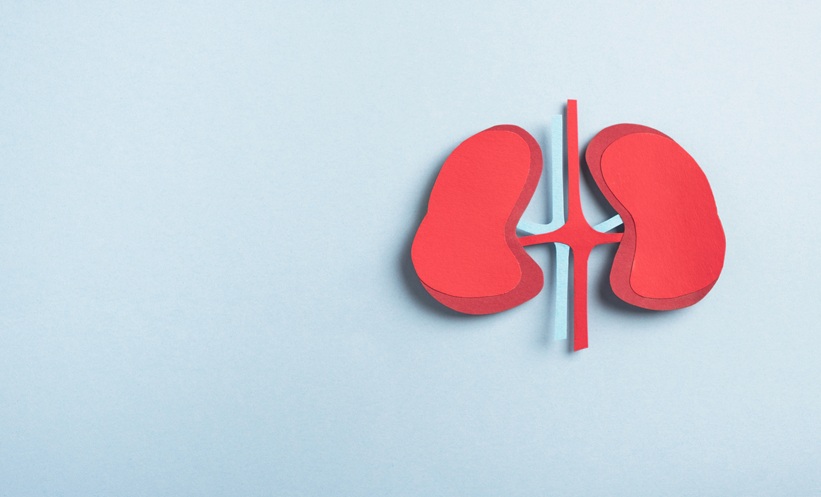The AKI Care App (Extravision, Manchester, UK) was chosen for an oral presentation at the European Renal Association-European Dialysis and Transplant Association (ERA-EDTA) meeting, Madrid, Spain. The app was developed through collaboration with the local Strategic Clinical Networks and designed to improve the investigation and management of acute kidney injury (AKI). It acts as an educational and reference tool for the different stages of AKI, their complications, and when it is necessary to refer. Not only can it be used as a point of care calculator and for risk assessment, it also provides contact information for local renal unit referrals and links to Think Kidneys, the National Institute For Health and Care Excellence (NICE) AKI Guidelines, and the NICE Fluid Prescription Guidelines.
The app was analysed for user demographics and usage statistics in order to understand the current reasons for use and to improve user experience. As the majority of AKI incidence occurs outside the renal department,1 it is important to engage non-nephrologists and use accessible non-specialist language. Whilst this is not a compulsory input by app users, some demographic detail can be analysed; 85% of downloads were by doctors (34% junior doctors; 28% consultants) and 9% by nursing staff. Ten percent of the total downloads were from outside the North West of England.
The data for potassium, pH, symptoms of renal failure, and AKI stage were then collated. The median potassium in mmol/L (n=281) was 6 (Q1: 5; Q3: 6.35) and median pH (n=237) was 7.2 (Q1: 7; Q3: 7.4). The number of patients at each AKI stage was as follows: Stage 1: 189, Stage 2: 33, and Stage 3: 154. The over-representation of AKI Stage 3 in comparison to epidemiological studies1 is likely to represent either increased use for more severe stages of AKI or for educational inquiry. Patients reported symptoms of confusion (n=123; 33%), flap (n=75; 20%), pericardial rub (n=59; 16%), and oedema (n=82; 22%). The e-alert has superseded the app for alerts about AKI Stages; however, the app remains a crucial educational and reference tool for symptoms recognition, safe transfer assessment, and signposting to appropriate services.
Discussion was generated at the conference around the intended target audience. Should tech-savvy medical students be encouraged to use this app or is it targeted at the older physician? Undoubtedly, this simple interface and user-friendly app lends itself to both and has multidisciplinary appeal. Overall, it can deliver valuable information to users for further investigation of AKI and management of its complications, with signposting to appropriate services for onward referral.







